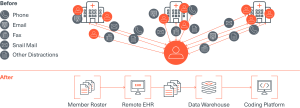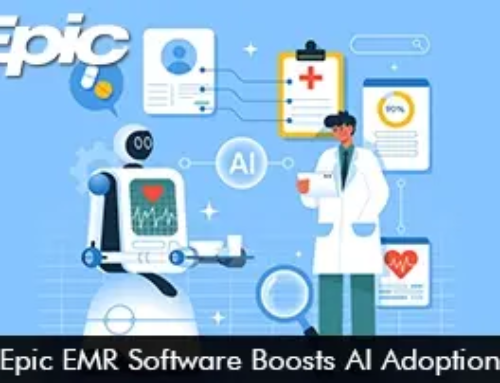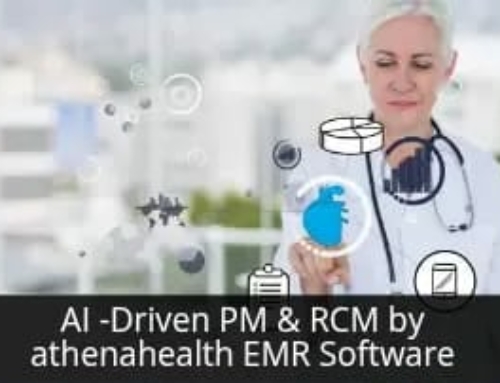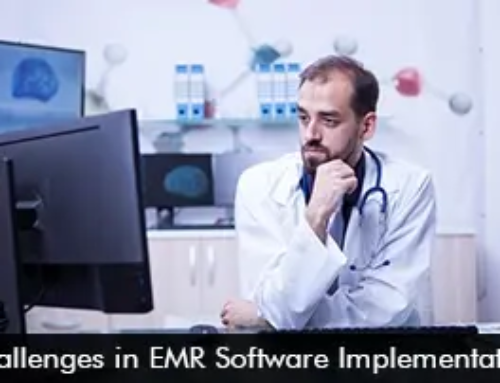Mastering patient data management with EMR software might seem daunting but is a tool that has the potential to revolutionize caregiving. EMR software offers efficient and secure data management, leading to streamlined workflows and enhanced clinical decision-making. Here are someway patient data that helps your practice:
Streamlined Data Capture and Accessibility
EMR software enables healthcare providers to capture and store patient information in a digital format. This eliminates the need for manual data entry and enables efficient data capture. This is done in a number of ways:
- Customizable templates
- Drop-down menus
- Pre-populated fields etc.
Furthermore, patient records, including medical history, diagnoses, medications, and test results, can be easily accessed by authorized users, promoting better collaboration among healthcare professionals.
Enhanced Security and Data Management with EMR
EMR software prioritizes the security and privacy of patient data. But how does it do that? By engaging robust encryption protocols, access controls, and audit trails EMR software ensure that sensitive information remains protected from unauthorized access.
Additionally, EMR systems adhere to strict regulatory standards. These are outlined in the Health Insurance Portability and Accountability Act (HIPAA) and EMR software ensures compliance to safeguard patient privacy.
Improved Clinical Decision-Making
As a result, healthcare providers with real-time access to comprehensive patient data can make informed and timely clinical decisions. By aggregating patient information EMR software facilitates accurate diagnoses, efficient treatment planning, and medication management.
Moreover, decision support tools integrated into EMR systems provide alerts and preventive care recommendations for quick diagnosis and treatment.
Efficient Workflow Through Data Management with EMR
EMR software streamlines administrative tasks and optimizes workflows. By reducing paperwork and increasing efficiency in healthcare settings it is an administrative dream. Automated data features integrate with laboratory and pharmacy systems to minimize errors, improve productivity, and save time.
Additionally, electronic documentation eliminates the need for physical storage space, simplifying record keeping and archiving.
Seamless Interoperability and Data Sharing
Interoperability is a crucial aspect of EMR software. Enabling the seamless exchange of patient data between different healthcare systems it allows for greater integration. Subsequently, integration with external systems across different healthcare providers facilitates coordinated care.
Improved data sharing and collaboration enhance care continuity, reduce duplication of tests and procedures, and enable a holistic view of the patient’s health history.
Customization and Scalability
Finally, EMR software offers customization options to adapt to the specific needs of healthcare practices. Templates, workflows, and data fields can be tailored to fit the requirements of individual providers. Moreover, EMR systems are scalable, allowing practices to expand and accommodate growing patient volumes without compromising on performance or data integrity.
Successful implementation of EMR software requires careful planning and training. The right implementation strategy can help healthcare providers to unlock the full potential of EMR software and deliver exceptional patient care.









